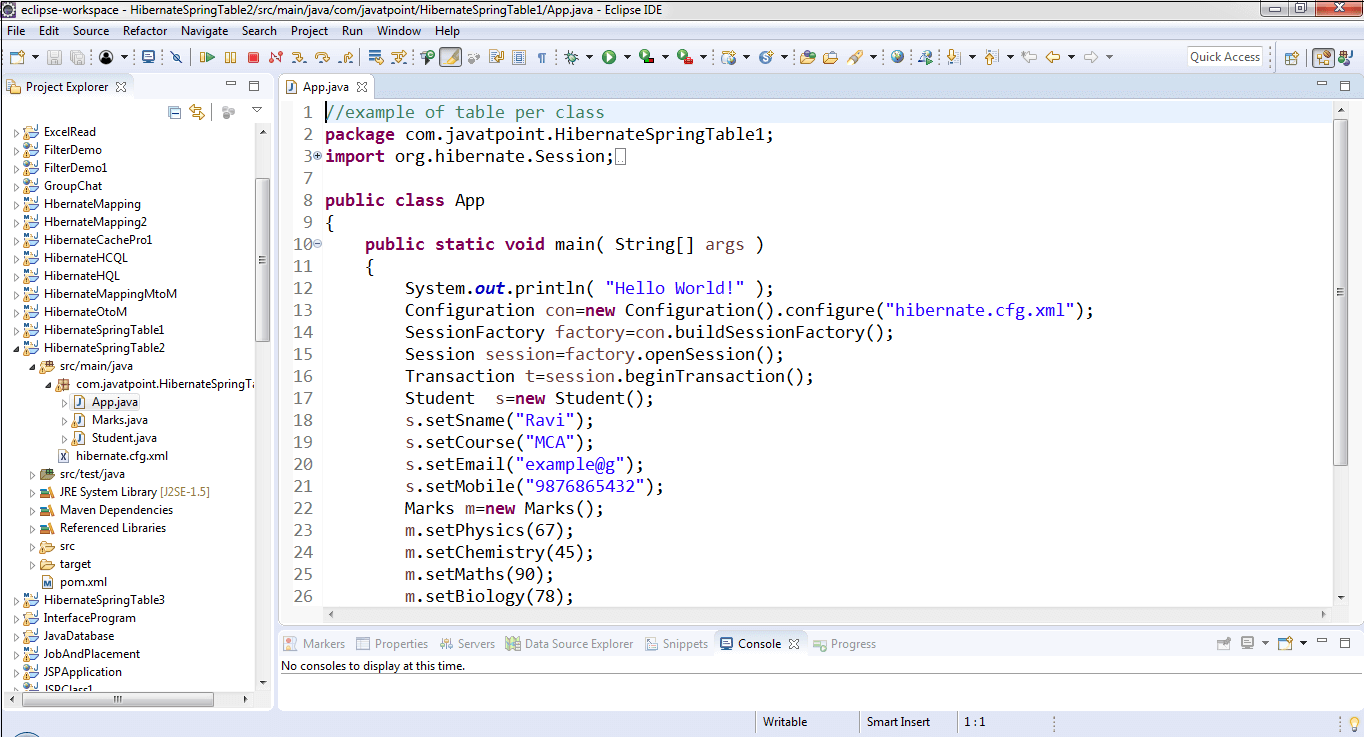 How To Create Wsdl File In Java Using Eclipse
How To Create Wsdl File In Java Using Eclipse How To Create a WSDL File in Java using Eclipse
Creating a WSDL file in Java using Eclipse is a quick and easy solution to producing web service bindings for applications. A WSDL, or Web Services Description Language, is an XML-Based language used to provide a description of services offered by web applications. By creating a WSDL file in Eclipse, developers can easily document web services and describe the associated data models in a consistent structure.
Prerequisites for Creating a WSDL File with Eclipse
Before creating a WSDL file with Eclipse, there are a few prerequisites you'll need to check before proceeding. First, you'll need to create a web service project, employing the web application container or framework of your choice (e.g. Rational Application Developer for WebSphere). This should include a web service implementation class and associated bindings and deployment descriptor (e.g. web.xml). You'll also need a copy of Eclipse with the Web Tools Platform (WTP) feature and the WSDL Development Tools plugin (WDT). All of these are available for download from the Eclipse Marketplace.
Steps to Create a WSDL File
Once you have all the prerequisites in order, you're ready to create your WSDL file in Eclipse. Creating the file commonly involves the following steps:
- Open eclipse and navigate to the Project Explorer tab
- Right-click the project you wish to create the WSDL file for and select Deploy > Generate WSDL
- This will open the WSDL Generate wizard. Click Next to begin filling out the wizard window
- In the first page, you can customize the WSDL file's name and namespace, as well as the type of schema it should generate
- In the second page, you'll have the option to add additional web service bindings. Leave this page blank for now if you don't need extra bindings
- In the third page, you can select the operations for which to generate bindings. Select operations you wish to bind to the WSDL file
- In the last page of the WSDL Generate wizard, you can customize code generation and output directory options. Leave these un-changed unless you need them adjusted for a specific purpose
- Once you're finished adjusting the WSDL Generate wizard, click Finish to generate the WSDL file
- Navigate to the generated file, review it, and make sure all the options you selected are accurately reflected in the file
Testing the Generated WSDL File
One last step after creating the WSDL file in Eclipse is to test it to make sure that the bindings are correctly defined and implemented. This involves two steps:
- First, you'll need to build the web service project by selecting File > Build All. This should compile the source code for the web service implementation class
- Once the compilation completes, you can use a web service client to test the generated WSDL file against the web service. Use a tool such as SoapUI or the Eclipse Web Services Explorer to do this
The web service client will test the validity of the generated WSDL file against the actual implementation. If the WSDL file is valid and does not contain errors, all operations specified in the file should work as expected.
Conclusion
Creating a WSDL file in Java using Eclipse is a simple, yet powerful, solution for documenting web service bindings for applications. Using the included WSDL Generate wizard in Eclipse WTP, developers can quickly and easily generate a WSDL file that accurately reflects the operations and related data models associated with a web service implementation. After creating the file, developers can test it against the implementation using a web service client like Eclipse Web Services Explorer or SoapUI to ensure all the bindings are implemented correctly.
 How To Create Wsdl File In Java Using Eclipse
How To Create Wsdl File In Java Using Eclipse
Post a Comment for "How To Create Wsdl File In Java Using Eclipse"